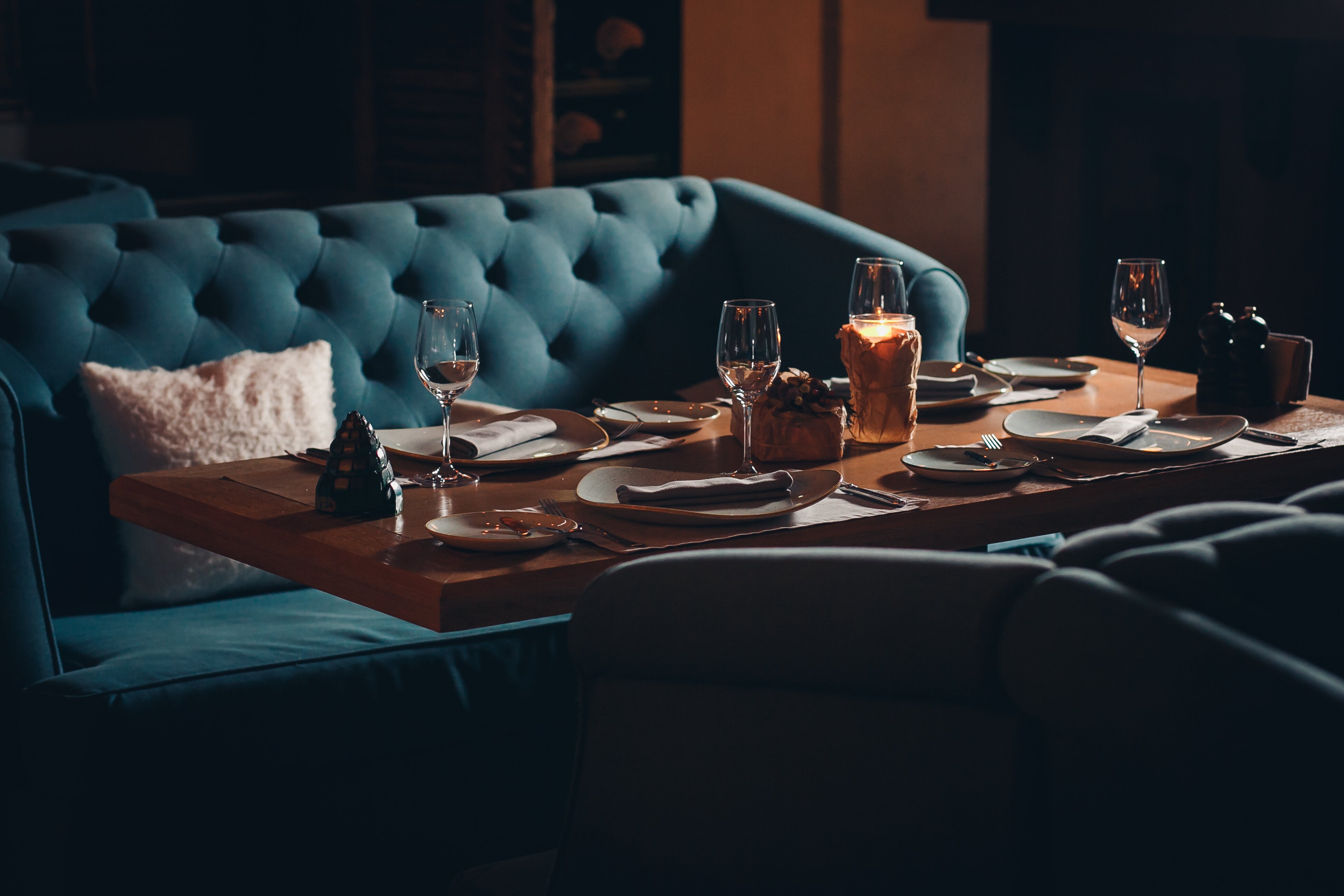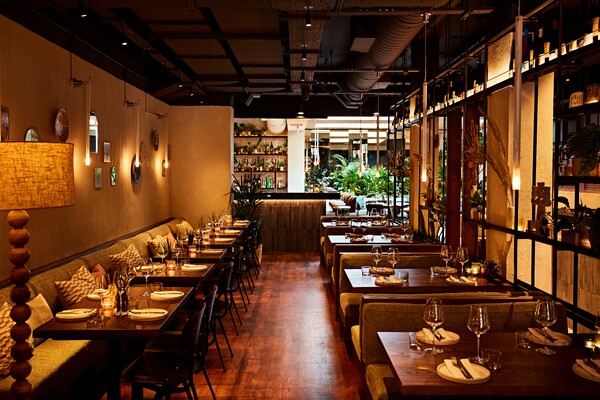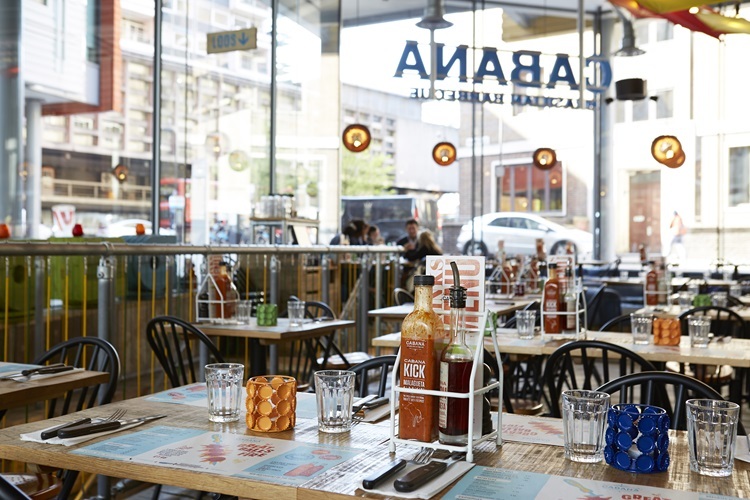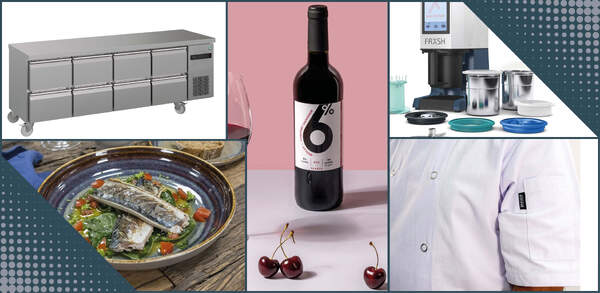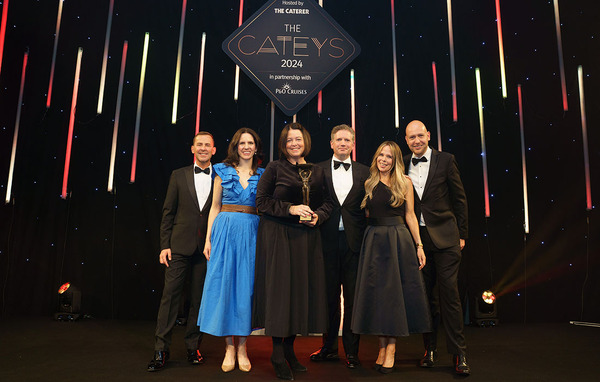Rewriting the rules: Does Covid-19 mean the end of the tasting menu?
The familiar fine dining experience – a multitude of courses taken over several hours, the pouring of wine by a sommelier at the guest’s table – poses several problems in a post-lockdown world. So how are chefs planning to strike a balance between creating a memorable meal that is also hands-off and hygienic? Chris Gamm reports
Before shutting its doors in March, diners at Moor Hall in Ormskirk, Lancashire, began their meal with a tour of the luscious gardens and spacious kitchen, where they were served snacks by the chefs. The tasting menu’s eight courses are delivered with immaculate, attentive service, with dishes often sauced and garnished tableside.

Meanwhile, in industrial Hackney Wick in east London, Cornerstone’s guests were delivered a succession of sophisticated small sharing plates by young staff, from a central open kitchen, often to an indie soundtrack played from the chefs’ phones.
Both restaurants won rave reviews for their food, service and atmosphere that, while very different, perfectly suit their locations and clientele.
One thing they have in common is that their owners, Mark Birchall and Tom Brown, respectively, are currently scratching their heads planning how they can continue to profitably deliver the offer their guests love, while implementing the operational changes required to reopen their doors.
It’s a conundrum taxing Paul Ainsworth too. “Fine dining isn’t a simple transaction where you’re fed and you go,” says the chef-patron at No 6 in Padstow, Cornwall. “It’s an experience, an amazing thing to have in your life, where people get together, there’s social electricity, and everyone has a really nice time. I have to take all these things into account.”
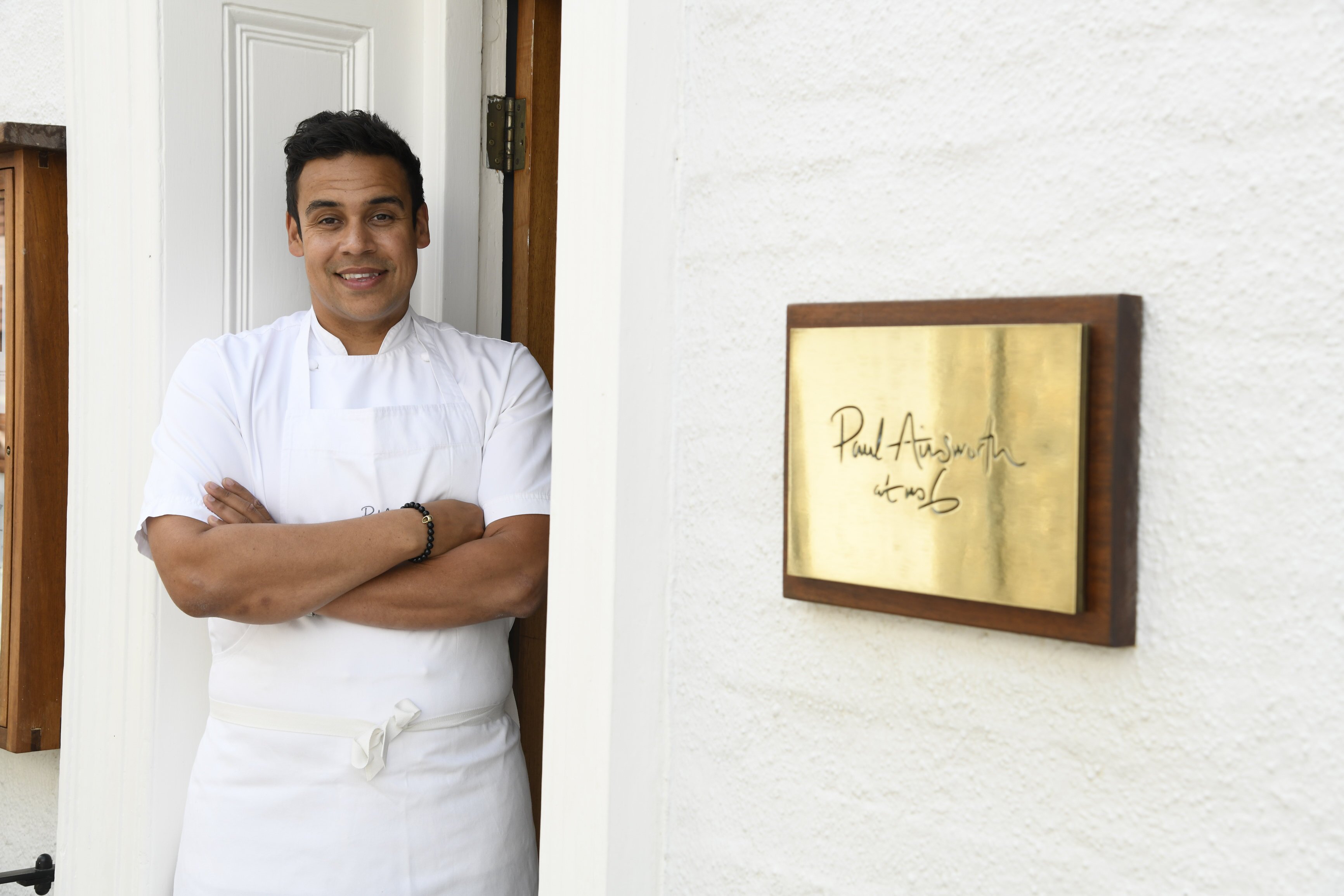
But how inclined will guests be to pick over sharing plates or commit to a three-hour tasting menu in a post-coronavirus world? What will great service look like? And how do you build an atmosphere in a socially distanced restaurant?
The long lunch divide
Birchall, Clare Smyth, chef-patron at Core in London’s Notting Hill, and David Moore, founder of Pied à Terre in Charlotte Street, London, are all confident that customers’ love of tasting menus won’t diminish.
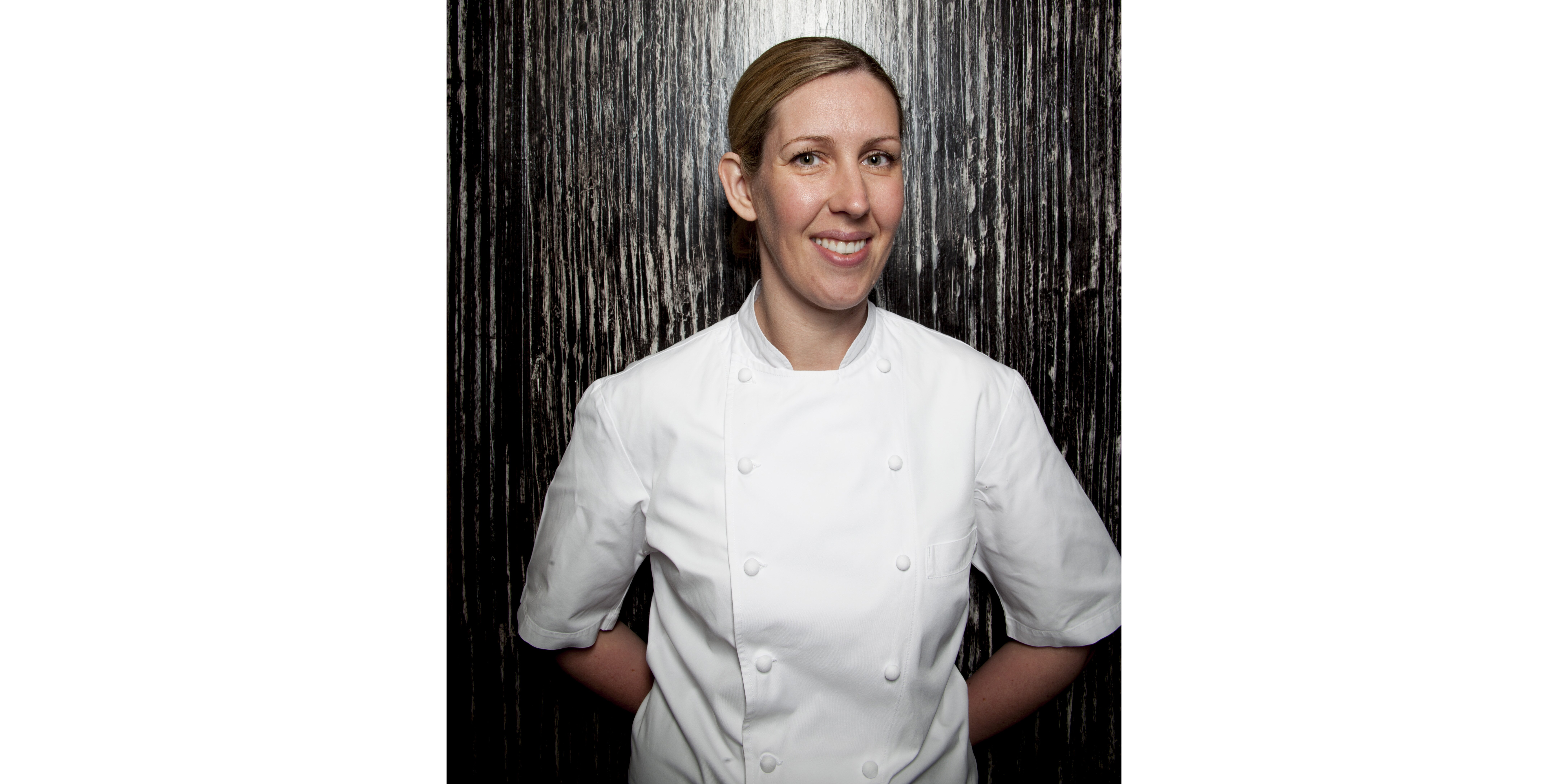
“I might take one dish off, but it won’t make a lot of difference whether guests are there for one or three hours – as long as they’re comfortable and feel safe,” says Birchall. However, he concedes that the finessing of dishes at tableside and guests visiting Moor Hall’s kitchen and cheese room will have to stop for now.
Smyth goes one step further and says that with fewer covers served, her team can place a greater emphasis on the detail of the dishes.
“We will continue to do what we do in terms of food and product, and the tasting menu will stay the same,” she explains. “It’s the heart and soul of what we do and we can’t change the essence of what we are.”
However, Michael Wignall, chef-patron of the Angel at Hetton, in North Yorkshire, is planning on taking a different approach. He feels “the days of two- or three-hour tasting menus are out the window for the foreseeable future”.

Ainsworth shares a similar view and is looking at ways to shorten the time guests spend at the table in order to increase the number of covers served and ease the financial pressure his business will face when it reopens.
“If No 6 is trading at 30%, I’ll need at least three sittings, so I need to reduce guests’ time at the table,” he says. “They could sit down for a starter and main, but the dessert would be a takeaway, for example.”
Moore says he will need to reduce the number of chefs in Pied à Terre’s kitchen to comply with social distancing rules and to balance the books, so in turn he will have to reduce the amount of choice on the menu.
“We usually have à la carte, seasonal, chef’s, vegan and pescatarian menus,” he says. “With a bit of chopping and changing, we have identified 30 core dishes that take seven chefs to make them happen. I think I’m going to have two-thirds of that: 10 vegan and 10 non-vegan dishes across a set seven-course dinner menu or a four- or five-course lunch menu.”
He also expects a move to a simpler style of food driven out of a necessity to reduce labour costs. “I think sometimes we get quite fancy with our food. Some of the most mind-blowing dishes I’ve had in life have been the most simple. Maybe this is the time to show some confidence in our cooking, to say ‘that’s enough’, buy the best possible produce and let the food speak for itself.”

A UKHospitality roadmap (see below) for reopening shared with the government earlier this month laid out tailored guidelines for hotels, restaurants and pubs, which included removing salt and pepper shakers, reducing menus and ditching buffets. Moore says it’s not just buffets and countertop displays he’s concerned about, but also the future of the small-plate restaurants that have risen in popularity over the past few years.
“If I had a sharing concept I’d be rewriting the menu,” he says. “No matter how well you know the people you’re dining with, you just don’t know who’s infected.”
There are no immediate plans to scrap small plates at Cornerstone. “If people are coming for dinner together, they’re breaking the two-metre rule, so sharing food, as far as I’m concerned, is irrelevant,” says Brown. “It would be mad to say guests can’t share food; people will pass a fork across the table to taste each others’ food. There’s no reason why that shouldn’t continue.”
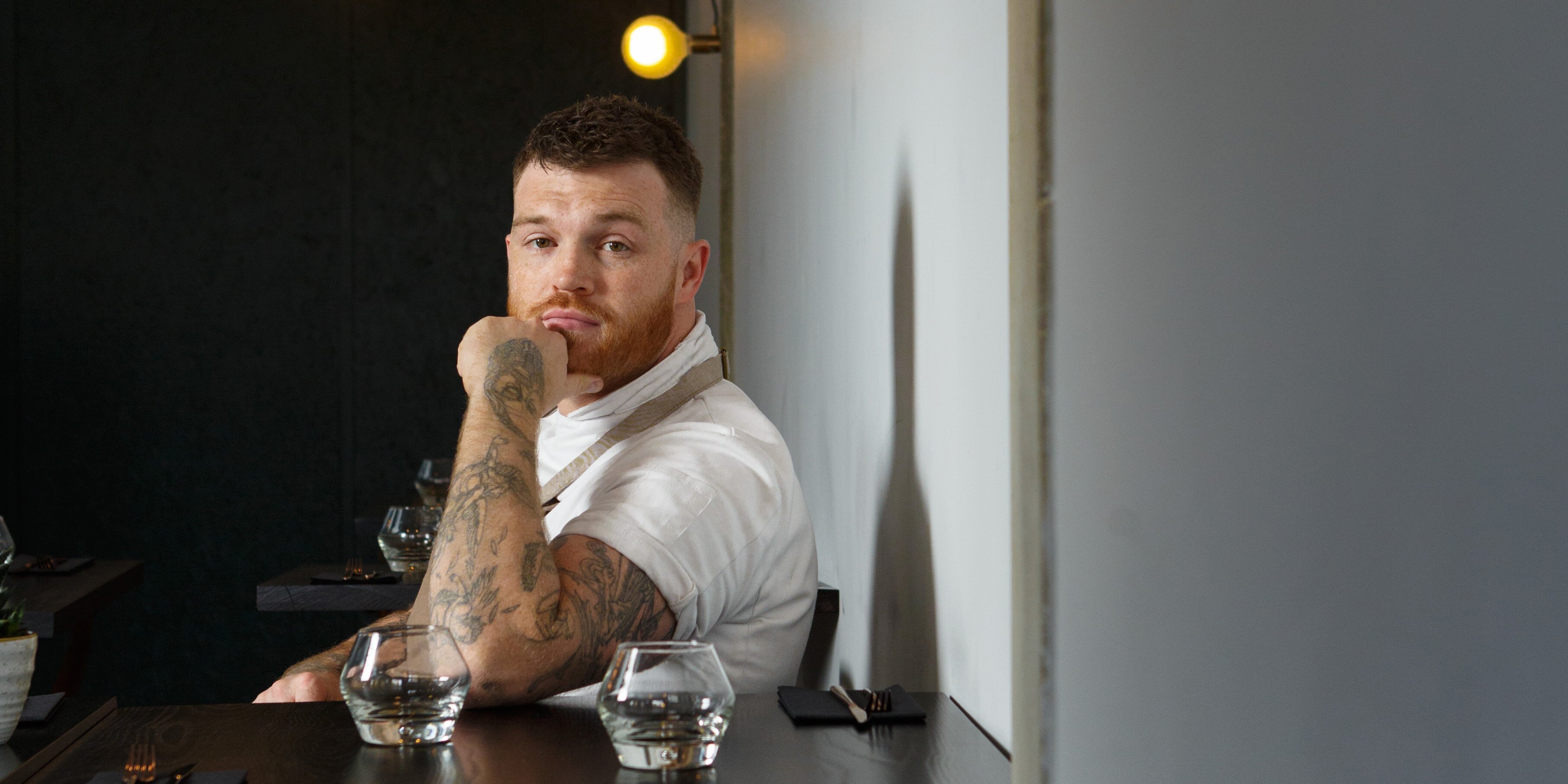
Birchall says he will restrict bookings to tables of four at both Moor Hall and casual dining restaurant the Barn to avoid encouraging mixed households and cross-contamination, but that he expects most customers to dine in pairs initially anyway.
One positive from the coronavirus crisis will be the increase in the use of British produce, according to Wignall, driven by increasing food prices as farmers look to reduce losses on food that’s gone to waste.
“Dairy farmers have been chucking away so much milk, so we’re expecting food prices to go through the roof,” he says. “Chefs will be using more British produce because they won’t have the option.”
However, the industry’s ability to cope with the prolific growth of allergens is likely to be negatively affected: fewer chefs in kitchens means there will be less time to dedicate to creating multiple variations of dishes.
“Can we afford to have variations of one dish, where we have vegan, vegetarian and lactose-intolerant versions?” asks Wignall. “We’ve catered for dietaries since day one, but it makes you think how much time we spend on a tiny percentage of our customers.
“We have to look at everything from a business perspective. We can’t bend over backwards to please everyone and shaft the business.”
Service with a hidden smile
Another challenge facing the industry as it begins to reopen is that many of the service elements diners have come to expect from top restaurants are likely to be removed to reduce customer contact.
“The industry is about greeting, touching, delivering, opening a bottle of wine – all those things that make eating out fun,” says Paulo de Tarso, founder of Margot in London’s Covent Garden. “The smile is one of the most powerful tools people have, but how can guests see it if it’s hidden behind a mask?”
But resourceful operators are busy finding ways to reduce the number of visits front of house staff make to tables, especially those keen to keep lengthy tasting menus.
“Rather than putting cutlery down for every course, we’ll probably provide it for the next few courses all at once,” says Birchall. “I doubt I’ll put water or wine on the table for customers to serve themselves, but there will be wine by the bottle, with no wine pairing initially.”
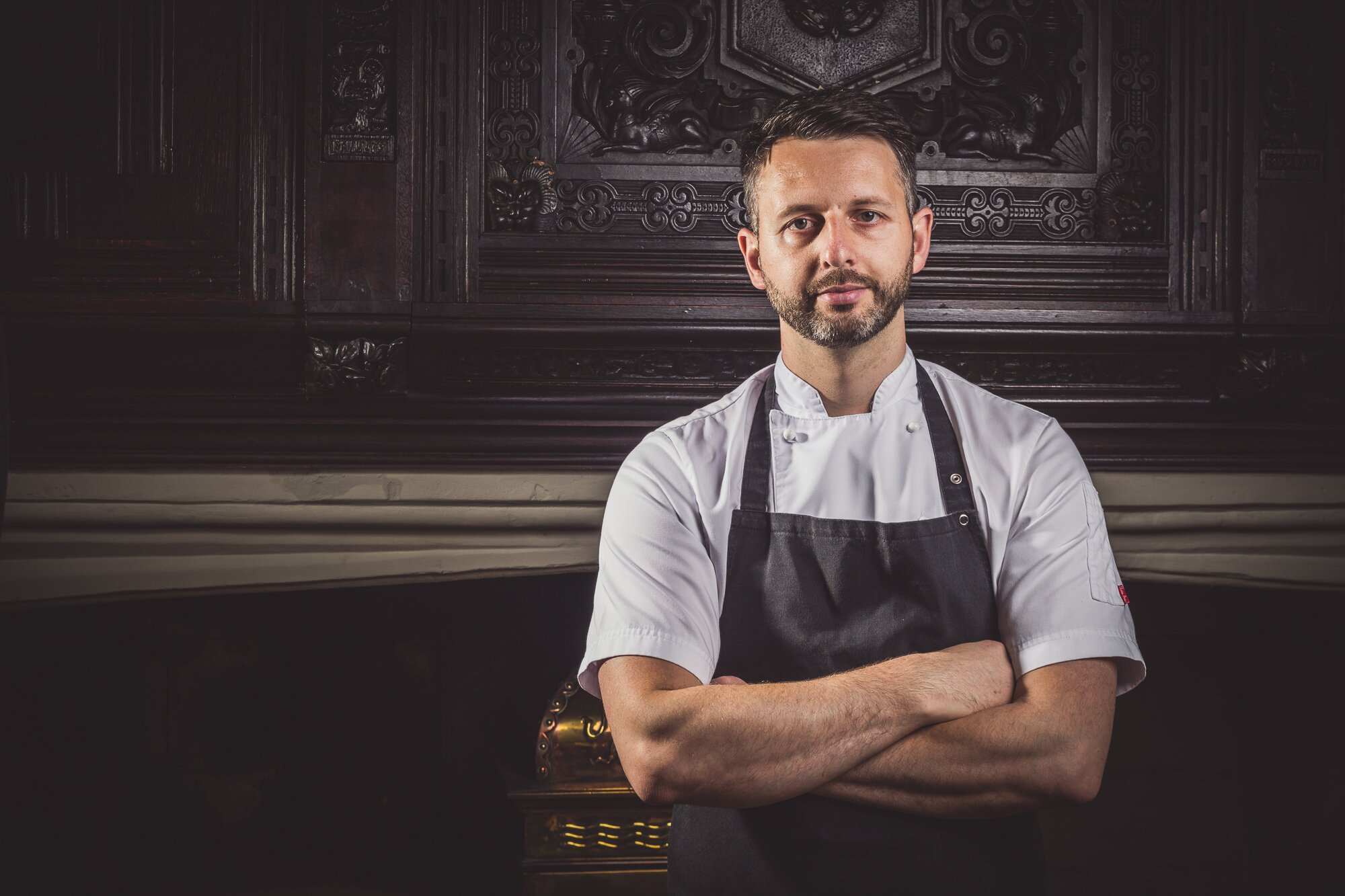
Smyth, on the other hand, expects to let guests top up their own wine and water, with staff keeping as much distance from tables as possible “These are measures we’re thinking of using to get through this period and to get people back into dining,” she says. “We want to deliver the best possible experience in a safe way.”
Moore is investigating aiding service by encouraging guests to pre-book food or wine: “It would take away one element of human interaction, but the wine would still have to be opened, poured and tasted. The negative aspect is, in the cold light of day, you might pre-order a £35 bottle, rather that the £150 one you would have gone for after a glass of Champagne.”
Reading guests’ body language and adapting service accordingly will be more important than ever as we come out of lockdown, according to Daniel Crump, co-proprietor of the Greyhound in Beaconsfield, Buckinghamshire.
“We expect that people will have varying attitudes towards risk and it’s up to us to determine how they want to be treated,” he says.
“We place great emphasis on reading our guests and focusing on their individual needs. We know very quickly if a guest would prefer to interact more or less with our staff and we base our decisions on that. This won’t change after the lockdown has been lifted.”
With restaurant turnover expected to be down by north of 50%, staffing levels will need to reduce accordingly, and those that remain should expect to muck in to keep businesses running and service levels high.
“It’s not about going back to normal or we’ll go bust,” says Ainsworth. “It’s about being sensible. Someone might be serving wine one day and making a bed at Padstow Townhouse the next. My PA has been training in guest relations, which will be a huge factor as we won’t be surviving on walk-ins. Guest relations will be the nerve centre of the business.”
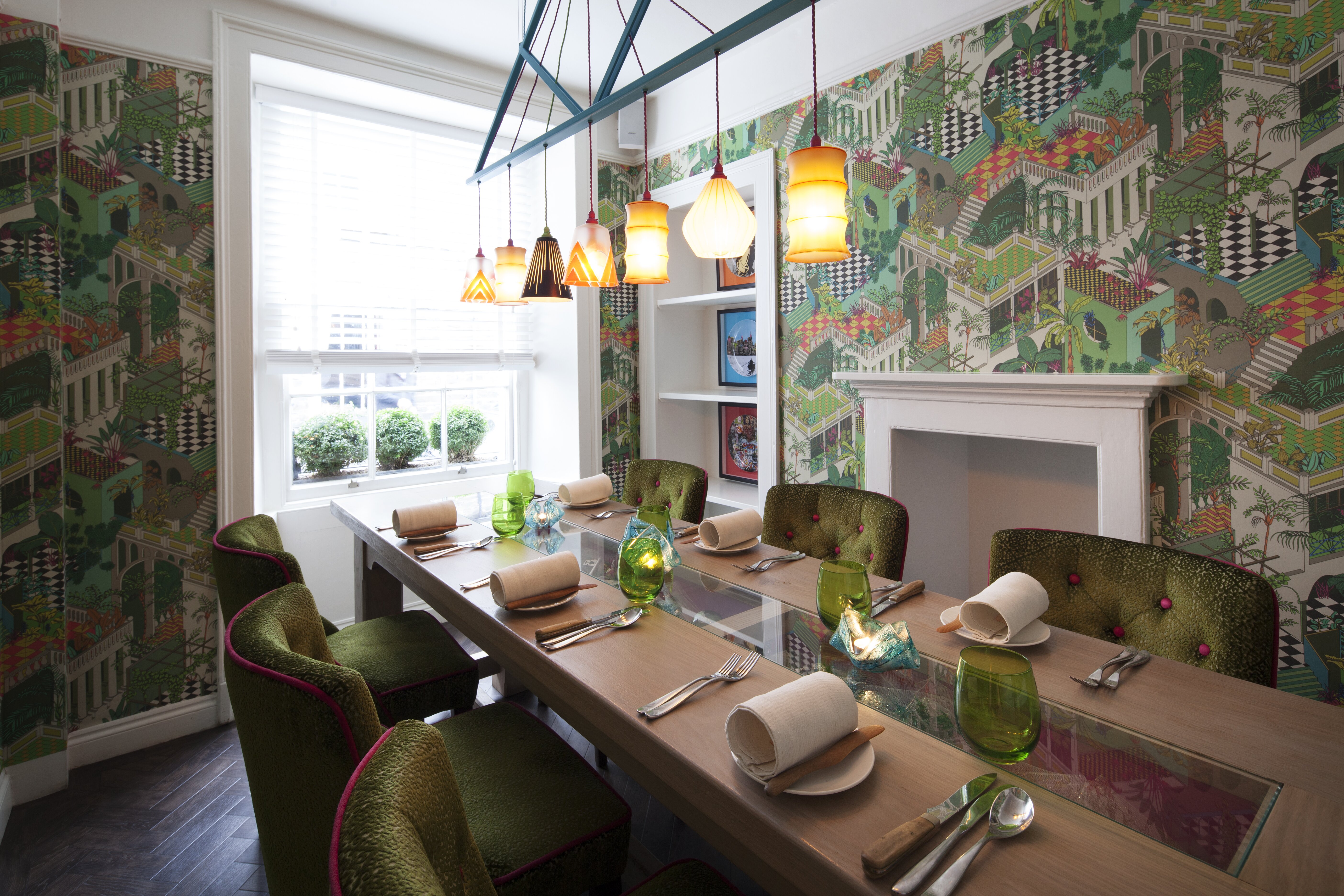
Safety is paramount
One thing that remains clear is that masks, gloves, Perspex screens and other measures that allow a restaurant to open safely are here for the foreseeable future – but the line is firmly drawn at mannequins filling empty seats.
“What once seemed alien and ludicrous will become the norm,” says Wignall. “You used to have a giggle at people in masks on holiday, but we’ll have staff in masks and screens between tables. You’ve got to rethink and swallow your pride. If you think ‘my staff aren’t wearing masks’, you won’t survive.”
Safety measures being implemented at the Angel at Hetton include staff temperature checks three times a day, only one server per table, guests looking after their own coats, wine glass covers, wine lists on wipe-clean iPads and printed single-use menus personalised with guest names.
Wignall is also using the restaurant’s closure to refurbish the dining room and bathrooms: “There will be automatic taps, soap dispensers and hand dryers,” he says. “There will be no cloth or paper napkins and no contact at all. It’s all because of what has happened. We wouldn’t have done it otherwise.”
Moore is drafting a health and safety protocol that will include facemasks and visors for staff, half-hourly reminders to wash hands and wipe down bathroom handles, and hand sanitiser installed throughout the restaurant and corridors.
“That attention to detail will give people confidence that we’re mindful, thoughtful and careful,” he says.
A number of operators have said they were expecting to remove around 50% of tables to ensure they are spaced two metres apart, but many questioned how to maintain this distance when staff or diners pass each other in narrow rooms or approach tables.
“Safety is paramount, but a government as ruthless as ours needs to get the economy moving again, so I’d expect the rules to be as slack as possible to make this happen,” says Brown.
“If they’re not, look at somewhere like Black Axe Mangal in Islington. It’s a small, intimate spot that works by turning tables. If they did social distancing properly, they would only be able to do four covers a night. It would be impossible.”
Nervous diners will need reassurance that the places they visit are safe, and the hospitality industry’s strict hygiene standards are likely to set it on a good footing.
“In our sector, deep-cleaning is a basic requirement,” says Crump. “While in-service behaviour and sanitisation may need to be changed, and frequency of cleaning increased, guests will be comfortable knowing that we do these things as a matter of course.”
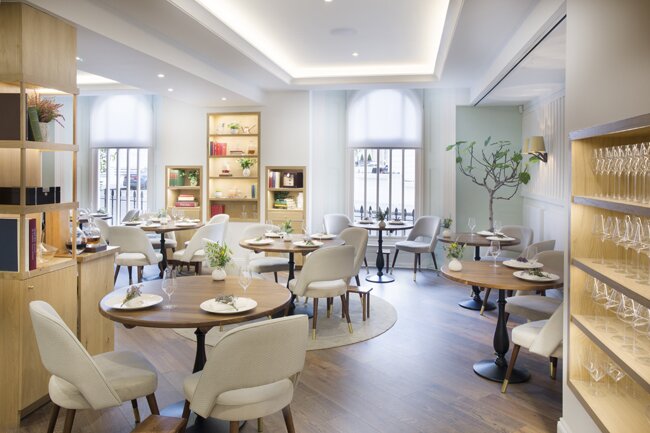
Less certain is when restaurateurs will feel most comfortable opening. Smyth says July is the only option as she can’t continue without an income, while Birchall plans to delay reopening until August.
“July feels a bit risky and unknown,” he says. “I can’t sit here now and comfortably take a booking for 4 July. All I want is for staff and guests to feel comfortable and safe. I don’t want to have it on my conscience if anyone at Moor Hall become ill.”
That certain something
Atmosphere is the final key ingredient in any restaurant and often the hardest to influence, and de Tarso fears for the impact that operational changes will have on the UK’s finest dining rooms: “In Michelin-starred restaurants tables can be far apart, so that’s not a problem,” he says. “But the experience is all about tasting and atmosphere. Can you imagine celebrating your wife’s birthday with people delivering food in masks, or being separated by a Perspex screen? Where is the atmosphere? I can’t see it.”
Smyth admits it’s going to be difficult for the team to resist their natural urges to engage freely with guests and strike a balance that puts nervous customers at ease while maintaining a lively atmosphere.
“We love to talk to guests,” she says. “It’s very much about engagement and we’ll be careful not to lose our personality. It’s going to be difficult to retrain the way we think. Core is all about a fun, pumping atmosphere. It can’t be a sterile environment.”
For Ainsworth, building an atmosphere in his dining room is the least of his worries: “I know what it’s like to have two people dining in No 6 when we first opened. I’ve always made it feel like a home, and it’s a beautiful, intimate space. Whether we have 10 guests or it’s a full house, I know the atmosphere won’t change.”
UKHospitality’s advice for restaurants
In a draft health and safety protocol document submitted to the government from UKHospitality and seen by The Caterer, suggested measures for restaurants to follow include:
- Restrict menus to ensure that crossover and access to food can be effectively controlled and monitored.
- Access restrictions at entrances to ensure that the maximum number of people based on current guidance is not exceeded. In possible queues/in the waiting area, measures are also taken to maintain the minimum distances.
- Potential pinch points to be identified and monitored as part of the overall operational plan per site.
- It must be ensured that the current distancing level is maintained between guests at different tables (eg, by positioning tables and chairs accordingly), depending on the national physical distancing rules currently in force.
- Based on the current government guidance, a maximum number of persons per premises is calculated and recorded as part of the site-specific risk assessment
- Customer contact with commodities (menus, trays, napkins) will be limited to what is necessary or designed in such a way that cleaning/replacement is carried out after each use.
- Order and service at table, with staff keeping a safe distance in line with current government distancing guidelines.
- Plates and glasses should be picked up only by staff to return to the kitchen.
- Where staff come into contact with items used by customers, they need to ensure that they wash their hands before moving on to another task.
- Individually wrapped condiments and sauces should be offered on request and put with the plated food, otherwise they could be contaminated by other customers’ hands.
- Cutlery to be brought to the customer with the food and condiments rather than customers helping themselves or left on the table.
- If payment is contactless that is easier and safer.



